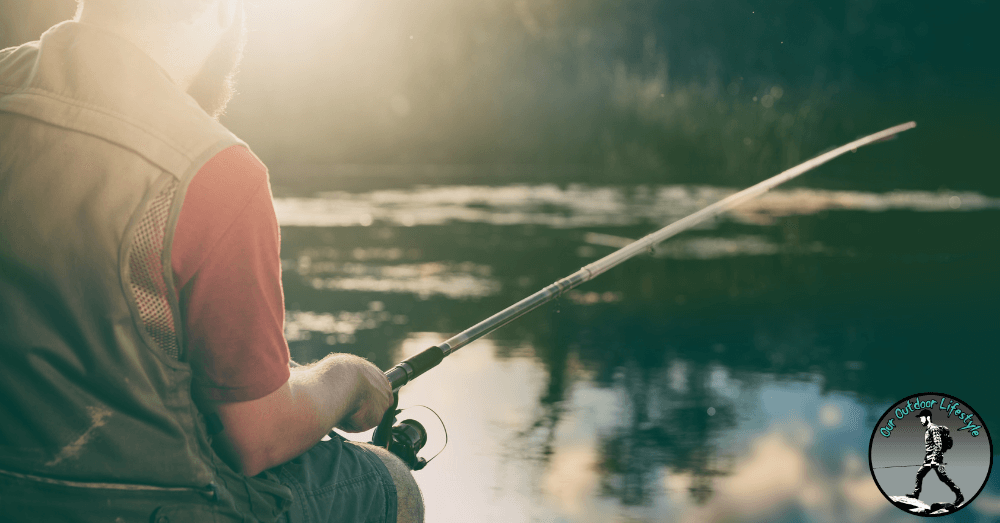Fall Fishing Spots Worth the Drive (Before Winter Shuts Everything Down)
Summer anglers have it backward. Sure, the weather’s nice, but the fish are sluggish and every good spot is packed. Fall? Fish feed like crazy before winter, crowds disappear after Labor Day, and you get a show while you’re casting. Here’s where to go when the leaves start turning and the bite gets serious.
- Connecticut’s Farmington River runs cold year-round with aggressive trout that haven’t seen fishing pressure in weeks
- Striped bass migrate through New Haven coastal waters in October and November, creating feeding frenzies at dawn and dusk
- Adirondack brook trout wear their best spawning colors when the maples peak, with remote ponds offering solitude most anglers never experience
Connecticut’s Farmington River Gets Better When the Tourists Leave
The Farmington below the dam stays cold year-round, but fall brings the best action. Trout that survived summer get aggressive, and the stocked fish from spring are finally worth catching. Water temps in the 50s mean active fish all day long.
Church Pool to Whittemore Pool sees the heaviest action. Park at the Satan’s Kingdom lot if you want easy access, but the stretch between Riverton and New Hartford sees less pressure than downstream. The catch-and-release section runs different rules than the regular harvest area, so check your regulations before you keep anything.
Swing soft hackles in the morning, switch to nymphs mid-day when nothing’s rising. Blue-winged olives hatch on overcast days in size 18-20. Don’t overthink it, though. A woolly bugger still catches fish. Small nymphs down to size 22-24 work when trout get picky.
Weekday mornings in October beat any summer weekend. The water gets low by November, so watch your step on slippery rocks covered in leaves. You’ll see more fly fishers than spin guys, but both methods work fine.
New Haven’s Saltwater Edges Light Up During the Striper Run
When striped bass migrate south in fall, they pile up along New Haven CT‘s coast. The harbor to Lighthouse Point becomes a feeding frenzy you can access from shore.
Lighthouse Point Park lets you cast from the jetty at dawn or dusk. Morris Cove offers wadeable flats on outgoing tide. The mouth of the Quinnipiac River stacks baitfish, and stripers follow. Bunker spoons on spinning gear keep things simple. Live eels after dark catch the big girls, sometimes over 30 inches.
Watch for diving birds. That’s where the bass are pushing bait to the surface. October through early November is peak season. Moon phase matters more in saltwater, so fish the new and full moons hard. While you’re chasing stripers, bluefish show up too. They’ll destroy your lures but fight like crazy.
The slot limit is 28 to 31 inches, meaning you can only keep fish in that range. Everything else goes back in the water. Use inline circle hooks when fishing with bait.
Adirondack Mountain Streams Show Off in October
Adirondack brook trout in fall colors make for calendar-worthy stuff. These wild fish get their spawning colors (red bellies, white-edged fins) right when the maples peak.
West Canada Creek holds wild browns and brookies with easier access than deeper wilderness spots. The Boquet River gives you options along the route between Elizabethtown and Willsboro. Pick your spot and fish. Remote ponds require hiking, but the brookies average smaller and you’ll have them to yourself.
Small dries work best. Size 14-16 Adams or royal coachman patterns catch fish. Worms work too, and nobody in a remote stream is judging you. Go light with a 3-4 weight rod or 6-8 lb test if you’re spinning.
You’re not catching 20-inch fish here. An 8-inch wild brookie in spawning colors beats any stocked rainbow. Bring layers because mountain mornings in October are cold. The hike to remote ponds pays off since these fish haven’t seen a lure all year.
Great Smoky Mountains Offer Milder Weather
If New England fall gets too cold for you, the Smokies offer the same mountain stream experience with milder weather. You’ll fish in a t-shirt in November.
Little River provides access right from the road. Park and fish. Abrams Creek has bigger water and bigger fish. Deep Creek sees less crowding than Little River, with rainbow and brown trout throughout.
The Smokies don’t get the same fall color intensity as New England, but the wild rainbows fight harder than anything stocked. Most park waters are catch-and-release with single, barbless hooks required. Buy your license before you go, since the park entrance doesn’t cover fishing. The Tennessee side versus the North Carolina side has different rules, so know which state you’re in.
Pack Smart for Cold Water Fishing
Darker flies and lures work better as the water gets stained from fallen leaves. Fish deeper in rivers as temps drop since trout move to slower pools. In saltwater, use bigger baits as baitfish schools get denser.
Fingerless gloves let you tie knots without freezing. A headlamp helps since days are shorter and good bite times hit closer to dark. Pack extra socks in the truck because wet wading season is over. Chest waders work better than hip waders since the good pools are deeper than you think.
Get Out There Before the Window Closes
Summer anglers talk about the weather. Fall anglers talk about the fishing. There’s a reason guides stay busy through October and November. The fish are biting, the scenery is unbeatable, and you don’t have to elbow through crowds to get to the good spots. Pick a weekend, grab your rod, and see what you’ve been missing before ice shuts everything down.


